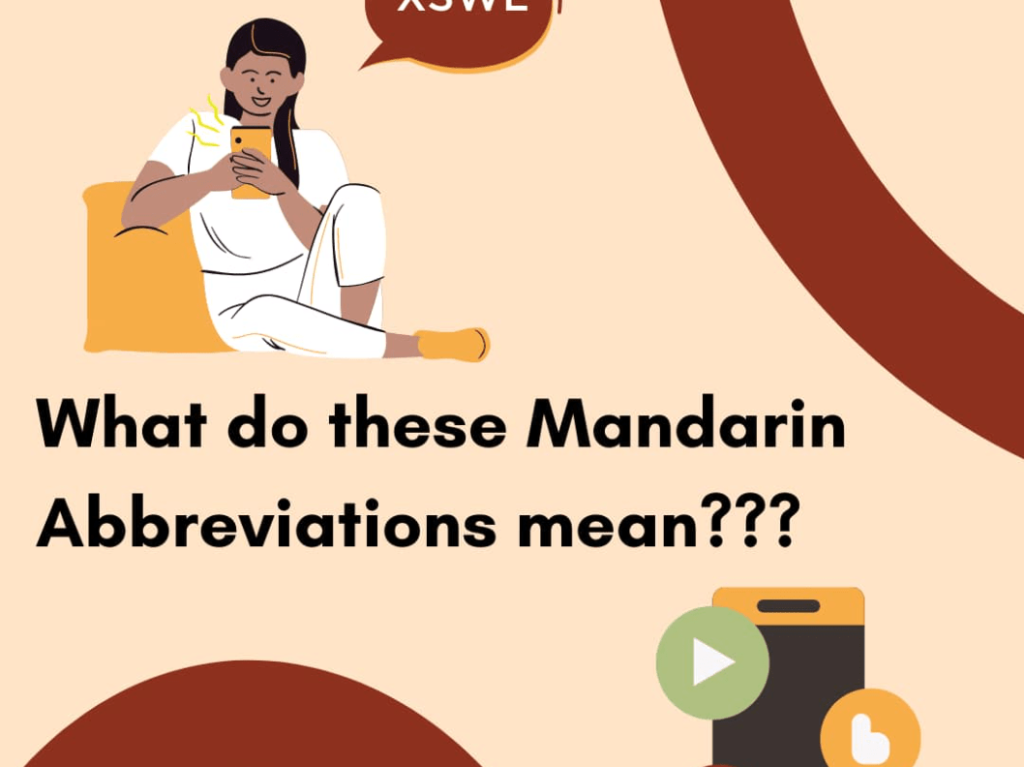Have you ever wanted to tell your Chinese-speaking friends about your pets, but didn’t know how to say words like “dog,” “cat,” or “bird” in Chinese? The topic of animals is both familiar and frequently used in everyday conversation. In this blog post, Ni Hao Ma will explore essential vocabulary for animals in Chinese, including relevant classifiers and practical examples to enhance your communication skills.
Vocabulary for Animals in Chinese
Do you know how to name different animals in Chinese? Animals live alongside us as close companions, and learning how to talk about them is an important part of mastering any new language. Whether you’re sharing stories about your pets or making small talk in Mandarin, having a solid grasp of animal-related vocabulary can be incredibly helpful. Below is a comprehensive list of common terms for animals in Chinese, carefully compiled by Ni Hao Ma.
Animal Classifications in Chinese
| Chinese | Pinyin | Meaning |
|---|---|---|
| 哺乳动物 | bǔrǔ dòngwù | Mammals |
| 爬行动物 | páxíng dòngwù | Reptiles |
| 鸟类 | niǎo lèi | Birds |
| 鱼类 | yú lèi | Fish |
| 两栖动物 | liǎngqī dòngwù | Amphibians |
| 昆虫 | kūnchóng | Insects |
| 甲壳类动物 | jiǎqiào lèi dòngwù | Crustaceans |
| 食肉动物 | shíròu dòngwù | Carnivores |
| 食草动物 | shícǎo dòngwù | Herbivores |
| 海洋动物 | hǎiyáng dòngwù | Marine animals |
| 野生动物 | yěshēng dòngwù | Wild animals |
| 家畜 | jiāchù | Livestock |
| 啮齿动物 | nièchǐ dòngwù | Rodents |
| 无脊椎动物 | wú jǐzhuī dòngwù | Invertebrates |
| 水生动物 | shuǐshēng dòngwù | Aquatic animals |
| 陆生动物 | lùshēng dòngwù | Terrestrial animals |
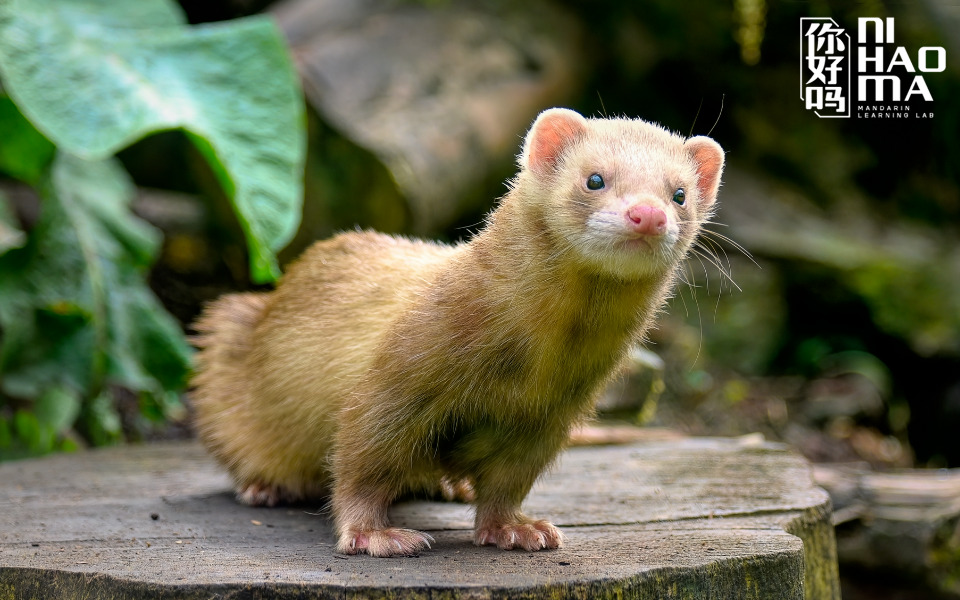
Pet Names in Chinese
Pets bring joy, companionship, and even life inspiration to many people. Here’s how to refer to your favorite furry (or scaly) friends when speaking Mandarin:
| Chinese | Pinyin | Meaning |
|---|---|---|
| 宠物 | chǒngwù | Pet |
| 狗 | gǒu | Dog |
| 猫 | māo | Cat |
| 鸟 | niǎo | Bird (general) |
| 画眉 | huàméi | Hwamei (a type of songbird) |
| 八哥 | bāgē | Myna bird |
| 豚鼠 | túshǔ | Guinea pig |
| 乌龟 | wūguī | Turtle |
| 仓鼠 | cāngshǔ | Hamster |
| 兔子 | tùzi | Rabbit |
| 鹦鹉 | yīngwǔ | Parrot |
| 鱼 | yú | Fish |
| 刺猬 | cìwèi | Hedgehog |
| 松鼠 | sōngshǔ | Squirrel |
| 壁虎 | bìhǔ | Gecko |
| 巨蜥 | jùxī | Monitor lizard |
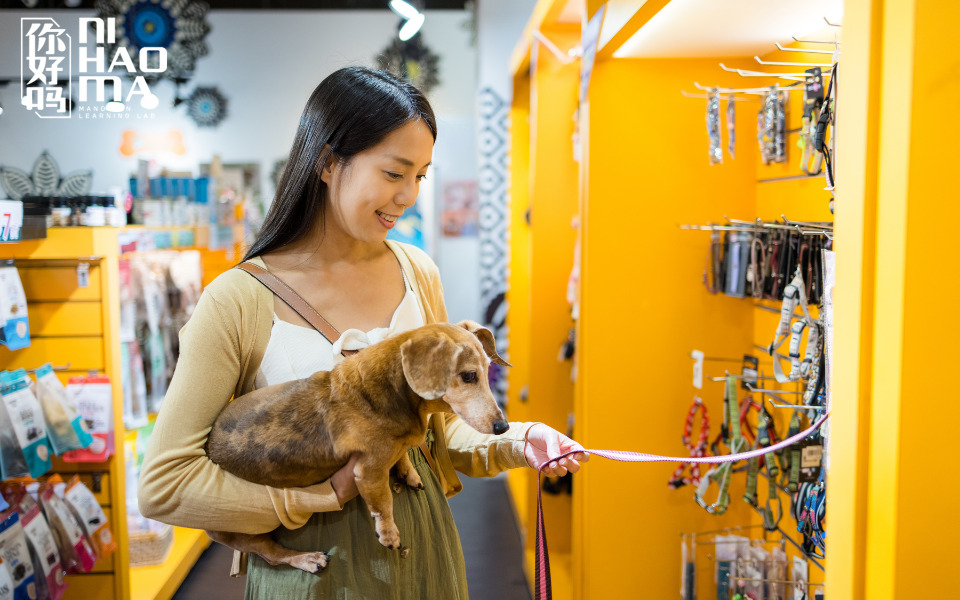
Vocabulary about Animals in Chinese
| Chinese | Pinyin | Meaning |
|---|---|---|
| 老虎 | lǎohǔ | Tiger |
| 狮子 | shīzi | Lion |
| 大象 | dàxiàng | Elephant |
| 长颈鹿 | chángjǐnglù | Giraffe |
| 马 | mǎ | Horse |
| 熊 | xióng | Bear |
| 狼 | láng | Wolf |
| 狐狸 | húlí | Fox |
| 袋鼠 | dàishǔ | Kangaroo |
| 骆驼 | luòtuo | Camel |
| 犀牛 | xīniú | Rhinoceros |
| 河马 | hémǎ | Hippopotamus |
| 鳄鱼 | èyú | Crocodile |
| 鬣狗 | liègǒu | Hyena |
| 青蛙 | qīngwā | Frog |
| 蟒蛇 | mǎngshé | Python (large snake) |
| 海豚 | hǎitún | Dolphin |
| 鲸鱼 | jīngyú | Whale |
| 鲨鱼 | shāyú | Shark |
| 章鱼 | zhāngyú | Octopus |
| 海星 | hǎixīng | Starfish |
| 螃蟹 | pángxiè | Crab |
| 虾 | xiā | Shrimp |
| 乌贼 | wūzéi | Squid |
| 海豹 | hǎibào | Seal |
| 北极熊 | běijíxióng | Polar Bear |
| 企鹅 | qǐ’é | Penguin |
| 金钱豹 | jīnqiánbào | Leopard |
| 孔雀 | kǒngquè | Peacock |
| 鹰 | yīng | Eagle |
| 猫头鹰 | māotóuyīng | Owl |
| 鸵鸟 | tuóniǎo | Ostrich |
| 燕子 | yànzi | Swallow |
| 乌鸦 | wūyā | Crow |
| 獾 | huān | Badger |
| 鹤 | hè | Crane |
| 蚂蚁 | mǎyǐ | Ant |
| 蜜蜂 | mìfēng | Bee |
| 蝴蝶 | húdié | Butterfly |
| 蜻蜓 | qīngtíng | Dragonfly |
| 蚊子 | wénzi | Mosquito |
| 苍蝇 | cāngying | Fly |
| 蜘蛛 | zhīzhū | Spider |
| 蜈蚣 | wúgōng | Centipede |
| 蝎子 | xiēzi | Scorpion |
| 蜥蜴 | xīyì | Lizard |
| 蛤蜊 | gélí | Clam |
| 珊瑚 | shānhú | Coral |
| 水母 | shuǐmǔ | Jellyfish |
| 螳螂 | tángláng | Praying mantis |
| 蟋蟀 | xīshuài | Cricket |
| 蝗虫 | huángchóng | Grasshopper |
| 蜗牛 | wōniú | Snail |
| 鸡 | jī | Chicken |
| 鸭子 | yāzi | Duck |
| 水牛 | shuǐniú | Buffalo |
| 黄牛 | huángniú | Cow (Yellow Cattle) |
| 羊 | yáng | Goat, Sheep |
| 鹿 | lù | Deer |
| 羚羊 | língyáng | Antelope |
| 美洲豹 | měizhōubào | Jaguar |
| 猪 | zhū | Pig |
| 狒狒 | fèifèi | Baboon |
| 猩猩 | xīngxing | Gorilla |
| 猴子 | hóuzi | Monkey |
| 火烈鸟 | huǒlièniǎo | Flamingo |
| 穿山甲 | chuānshānjiǎ | Pangolin |
| 鹈鹕 | tíhú | Pelican |
| 鼹鼠 | yǎnshǔ | Mole |
| 鼬 | yòu | Weasel |
| 浣熊 | huànxióng | Raccoon |
| 熊猫 | xióngmāo | Panda |
| 树袋熊 | shùdàixióng | Koala |
| 食蚁兽 | shíyǐshòu | Anteater |
| 蟑螂 | zhāngláng | Cockroach |
| 河狸 | hélí | Beaver |
| 水獭 | shuǐtǎ | Otter |
| 鹅 | é | Goose |
| 天鹅 | tiān’é | Swan |
| 鲑鱼 | guīyú | Salmon |
| 鲤鱼 | lǐyú | Carp |
| 萤火虫 | yínghuǒchóng | Firefly |
| 蝙蝠 | biānfú | Bat |
| 鳗鱼 | mányú | Eel |
| 海参 | hǎishēn | Sea cucumber |
| 鹳 | guàn | Stork |
| 蟾蜍 | chánchú | Toad |
| 麻雀 | máquè | Sparrow |
| 海鸥 | hǎi’ōu | Seagull |
| 海马 | hǎimǎ | Seahorse |
| 鸭嘴兽 | yāzuǐshòu | Platypus |
| 树懒 | shùlǎn | Sloth |
| 驴 | lǘ | Donkey |
| 野牛 | yěniú | Bison |
| 斑马 | bānmǎ | Zebra |
| 秃鹫 | tūjiù | Vulture |
| 眼镜蛇 | yǎnjìngshé | Cobra |
| 牡蛎 | mǔlì | Oyster |
Chinese Measure Words for Animals in Chinese
In Chinese, measure words (量词 – liàngcí) are essential when referring to quantities of nouns—including animals in Chinese. However, each type of animal typically goes with a specific (or several specific) measure words, depending on the animal’s shape, characteristics, or common usage. Below are the most common Chinese measure words used with animals:
1. 个 (gè)
个 (gè) is one of the most common and flexible measure words in Chinese. It can be used with many types of animals, especially when you are unsure of the specific measure word. It’s often used for individual animals that aren’t particularly specialized.
Examples:
- 三个朋友 (sān gè péngyou) – three penguins (literally: three “friends”)
- 那个小猫 (nà gè xiǎo māo) – that little cat
- 一个老鼠 (yī gè lǎoshǔ) – one mouse
2. 只 (zhī)
只 (zhī) is one of the most common measure words for animals in Chinese. It is used mainly for small to medium-sized animals, especially birds, cats, dogs, chickens, ducks, monkeys, etc.
Examples:
- 一只猫 (yī zhī māo) – one cat
- 三只狗 (sān zhī gǒu) – three dogs
- 五只鸡 (wǔ zhī jī) – five chickens
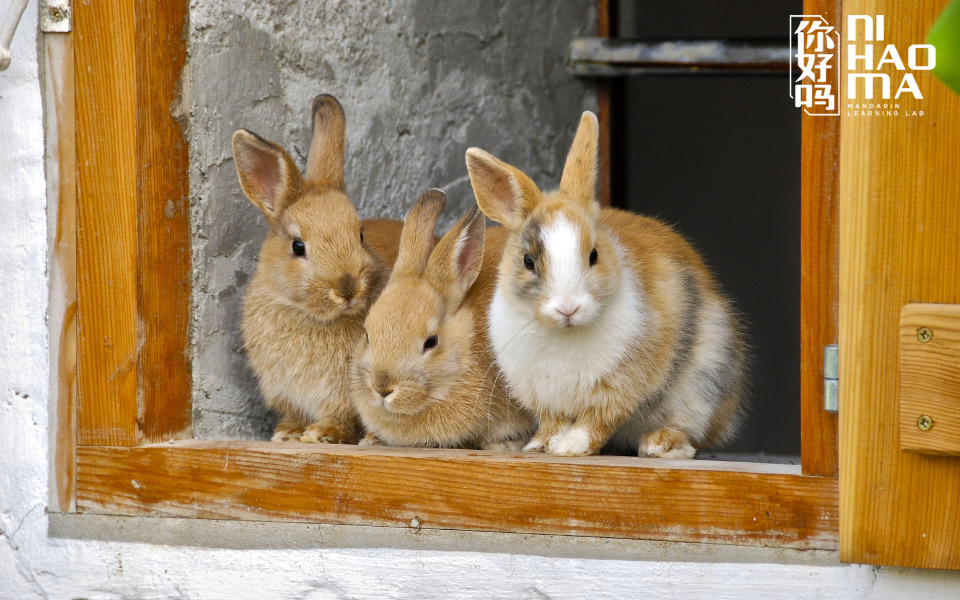
3. 条 (tiáo)
条 (tiáo) is a Chinese measure word used for objects that have a long and slender shape. It is quite flexible and applies to many nouns that share these physical traits. Among animals in Chinese, this measure word is often used for species like fish, snakes, eels, etc.
Examples:
- 一条鱼 (yī tiáo yú) – one fish
- 两条蛇 (liǎng tiáo shé) – two snakes
- 那条龙 (nà tiáo lóng) – that dragon
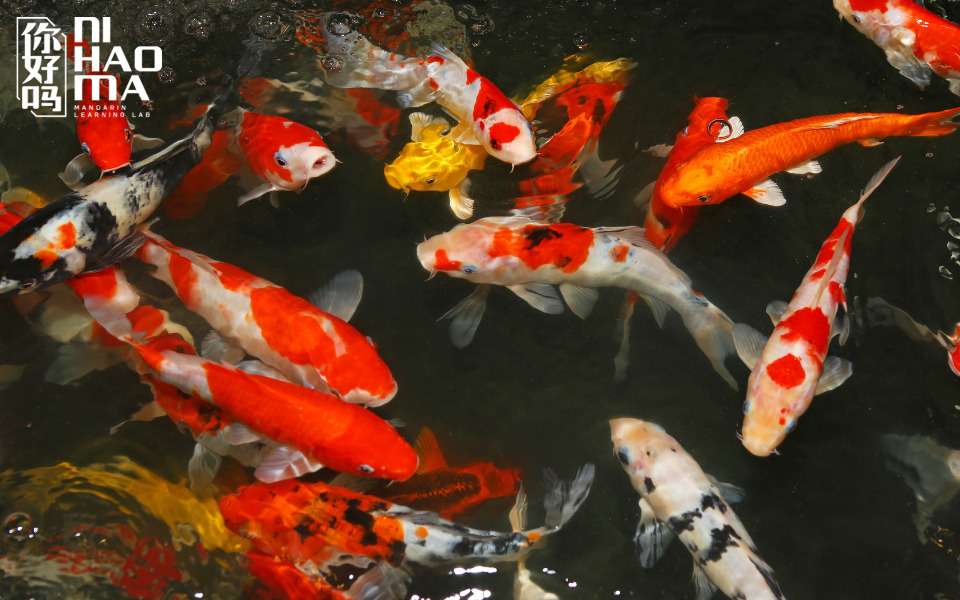
4. 匹 (pǐ)
匹 (pǐ) is a specialized measure word used exclusively for horses and ridable animals, such as mules or donkeys. It is not used for larger animals like elephants or cows.
Examples:
- 一匹马 (yī pǐ mǎ) – one horse
- 三匹骏马 (sān pǐ jùnmǎ) – three fine horses
- 这匹黑马 (zhè pǐ hēimǎ) – this black horse
5. 头 (tóu)
头 (tóu) is used for large animals or livestock, especially those with big heads or bulky bodies, like cows, pigs, or elephants.
Examples:
- 一头牛 (yī tóu niú) – one cow
- 五头猪 (wǔ tóu zhū) – five pigs
- 那头大象 (nà tóu dàxiàng) – that elephant
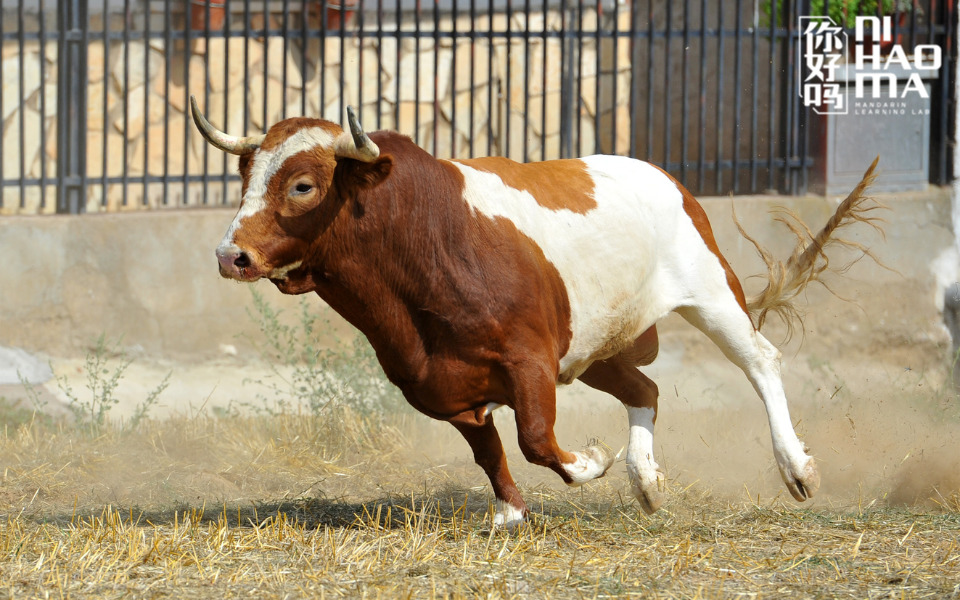
6. 群 (qún)
群 (qún) means “a group” or “a herd/flock” and is used for animals that live or move in groups, such as birds, fish, wolves, etc. It emphasizes the collective number. It is used when referring to a collection of animals of the same species that live, move, or act together like birds, fish, wolves, and other species that travel or gather in groups.
Examples:
- 一群鸟 (yī qún niǎo) – a flock of birds
- 一群鱼 (yī qún yú) – a school of fish
- 一群狼 (yī qún láng) – a pack of wolves
7. 对 (duì)
对 (duì) means “a pair” and is used for two animals that go together, often male and female, or in pairs due to their natural behavior. It can apply to birds, mammals, or any animals that pair off.
Examples:
- 一对鸳鸯 (yī duì yuānyāng) – a pair of mandarin ducks
- 一对鸽子 (yī duì gēzi) – a pair of pigeons
- 一对狮子 (yī duì shīzi) – a pair of lions
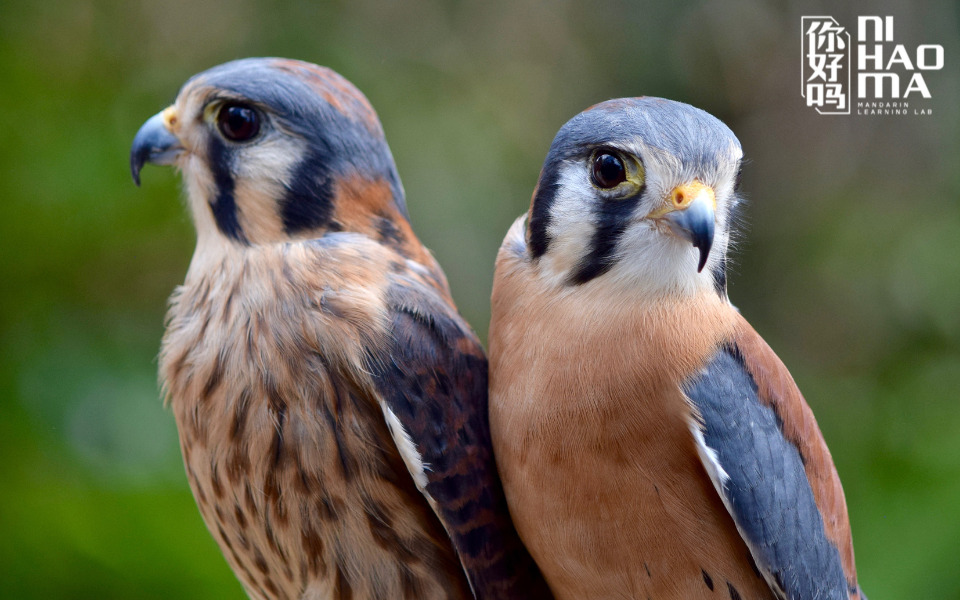
Learn More: 50+ Most Common Measure Words in Chinese
Sample Dialogues About Animals in Chinese
Want to have conversations about animals in Chinese? Learning basic dialogue patterns will not only expand your vocabulary but also boost your confidence when speaking in everyday situations. Let’s practice with some sample conversations on the topic of animals in Chinese below!
Dialogue 1: Favourite Animal
A: 这里有很多动物。
Zhè lǐ yǒu hěn duō dòng wù.
→ There are so many animals here.
B: 你喜欢哪种动物?
Nǐ xǐ huān nǎ zhǒng dòng wù?
→ Which animal do you like?
A: 我最喜欢大象,因为它很聪明。
Wǒ zuì xǐ huān dà xiàng, yīn wèi tā hěn cōng míng.
→ I like elephants the most because they are very smart.
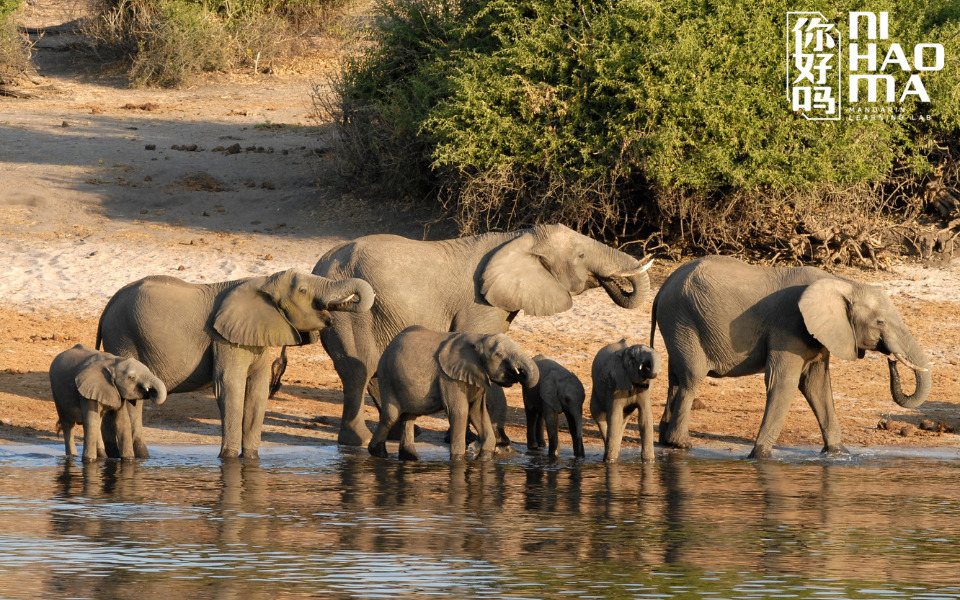
Dialogue 2: Talking About Pets
A: 你家养什么宠物?
Nǐ jiā yǎng shén me chǒng wù?
→ What pet does your family have?
B: 我养了一只小狗,它叫“豆豆”。它非常活泼,也很聪明。
Wǒ yǎng le yī zhī xiǎo gǒu, tā jiào “Dòu Dòu”. Tā fēi cháng huó pō, yě hěn cōng míng.
→ I have a little dog named “Doudou.” It’s very lively and smart.
A: 哇,听起来很可爱。它喜欢玩什么?
Wa, tīng qǐ lái hěn kě ài. Tā xǐ huān wán shén me?
→ Wow, that sounds cute! What does it like to play?
B: 它喜欢追球,也喜欢和我一起散步。每天晚上我们都会去公园。
Tā xǐ huān zhuī qiú, yě xǐ huān hé wǒ yī qǐ sàn bù. Měi tiān wǎn shàng wǒ men dōu huì qù gōng yuán.
→ It likes chasing balls and going for walks with me. Every evening, we go to the park.
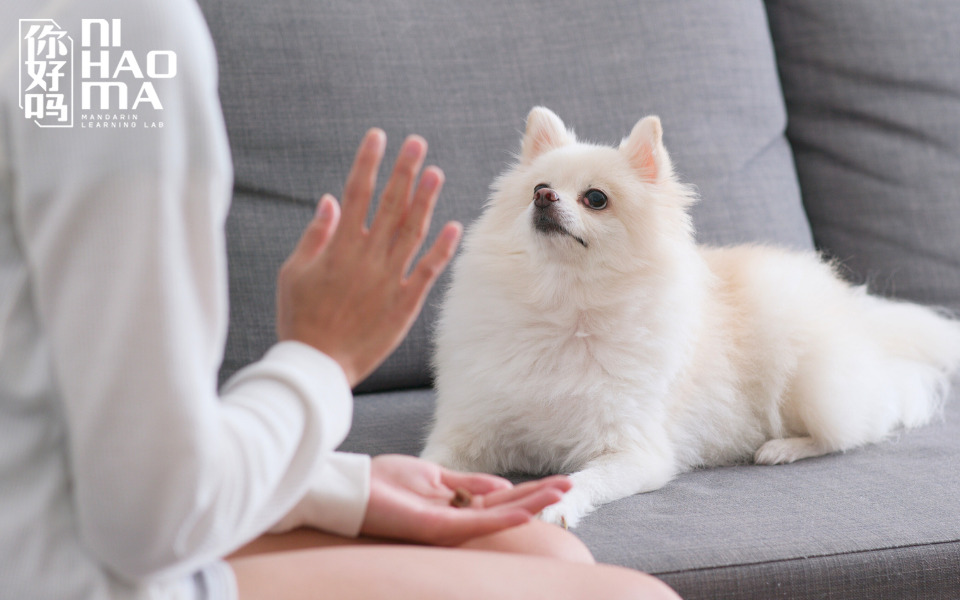
Dialogue 3: Going Fishing
A: 你以前钓过鱼吗?
Nǐ yǐ qián diào guò yú ma?
→ Have you ever gone fishing?
B: 钓过几次,但不太成功。你呢?
Diào guò jǐ cì, dàn bù tài chéng gōng. Nǐ ne?
→ A few times, but I wasn’t very successful. How about you?
A: 我很喜欢钓鱼,觉得很放松。上周末我钓到了一条大鲤鱼。
Wǒ hěn xǐ huān diào yú, jué dé hěn fàng sōng. Shàng zhōu mò wǒ diào dào le yī tiáo dà lǐ yú.
→ I really enjoy fishing—it’s so relaxing. I caught a big carp last weekend.
B: 真羡慕你!下次带我一起去吧,我也想试试。
Zhēn xiàn mù nǐ! Xià cì dài wǒ yī qǐ qù ba, wǒ yě xiǎng shì shì.
→ I’m so jealous! Take me with you next time, I want to try too.
Conclusion
Through this lesson, you’ve learned some key vocabulary and dialogue examples about animals in Chinese. This is a basic yet practical topic that comes up often in real-life conversations. Of course, animals are just one small part of the vast world of Chinese vocabulary. We hope Ni Hao Ma has brought you useful insights—stay tuned for more lessons and new words in upcoming posts!

